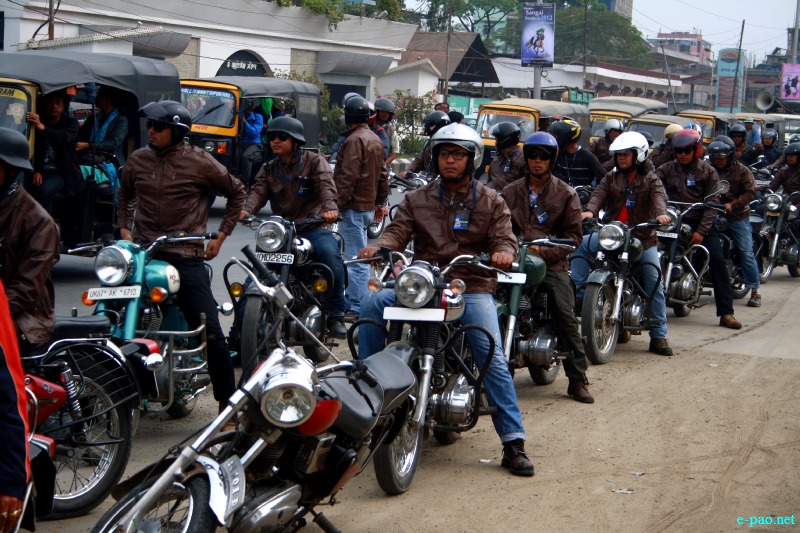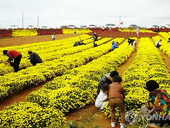A lantern festival is being held in the Cheonggye Stream area until Nov. 18.
The annual festival features a dazzling array of 35,000 lanterns along a 1.5 km stretch of the stream. They are lit daily from 5 p.m. to 11 p.m. The lanterns are presented according to four major themes including Seoul Fortress.

Singapore, the Philippines and Japan are participating in this year's festival to showcase their unique and exotic lanterns.
For the first time, the festival is displaying 200 promotional lanterns emblazoned with the names of stores situated near the stream, as well as messages wishing for the revitalization of the local economy.
Visitors can buy traditional Korean lanterns at discounts of between 20 and 50 percent compared to regular market prices.

The annual festival features a dazzling array of 35,000 lanterns along a 1.5 km stretch of the stream. They are lit daily from 5 p.m. to 11 p.m. The lanterns are presented according to four major themes including Seoul Fortress.

Singapore, the Philippines and Japan are participating in this year's festival to showcase their unique and exotic lanterns.
For the first time, the festival is displaying 200 promotional lanterns emblazoned with the names of stores situated near the stream, as well as messages wishing for the revitalization of the local economy.
Visitors can buy traditional Korean lanterns at discounts of between 20 and 50 percent compared to regular market prices.









 From top, Kim Dong-jun, Kim Jae-joong and Im Seul-ong
From top, Kim Dong-jun, Kim Jae-joong and Im Seul-ong 











